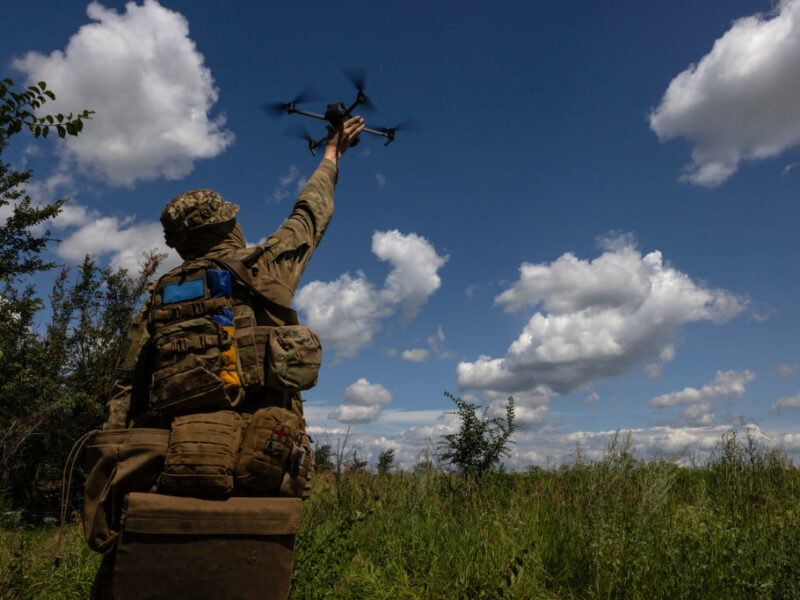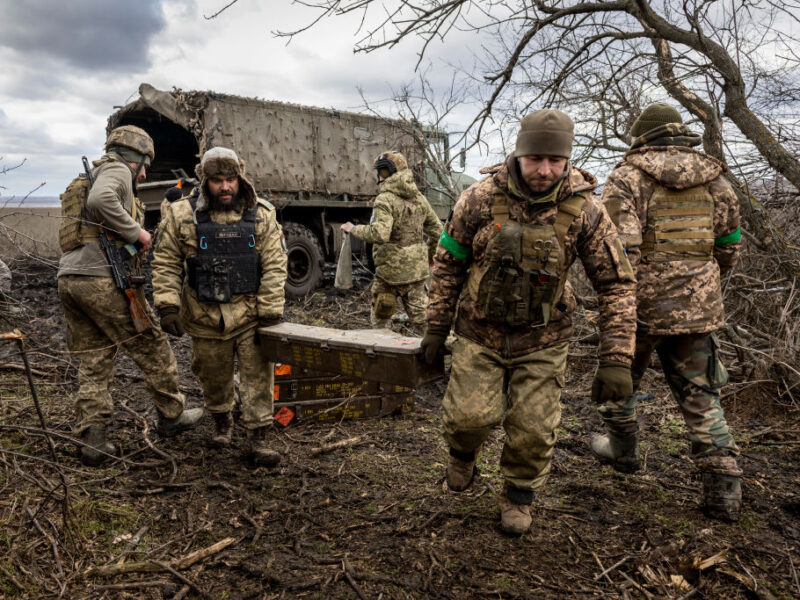Historic Military Walk Being Restored
 Military Walk, the history-laden passageway in the heart of the Texas A&M University campus, will soon be brought back to life – and on an even grander scale than when thousands of Aggie cadets trod on it daily decades ago.
Military Walk, the history-laden passageway in the heart of the Texas A&M University campus, will soon be brought back to life – and on an even grander scale than when thousands of Aggie cadets trod on it daily decades ago.
Located in the central area of campus, Military Walk links the Sbisa Dining Hall area and the northside residence halls to the Rudder/Memorial Student Center Complex on its south end. Along the way, it passes along several historical campus landmarks, such as the Academic Building , Fish Pond and the YMCA Building .
Work is scheduled to begin on the $4 million restoration project later this month.
When completed, it is expected to become a major focal point for Aggies – cadets and others – as well as for faculty, staff and visitors.
The university’s campus master plan calls for the reconstruction of Military Walk as a ceremonial axis space – much as it was in the late 1800s when the university had its beginning as an all-male military school with cadets marching along its length in formation.
University officials say that thanks to a multi-million-dollar former student gift, the project is now fully funded and formally approved by the Texas A&M University System Board of Regents.
The donor for the Military Walk restoration is Dan Hughes of Beeville, a 1951 graduate of Texas A&M and a former member of its Corps of Cadets. Hughes, who earned his degree in geology and has had a long and successful career in the oil and gas business, explained his reason for making his gift: “This project is important to recognizing the history of Texas A&M and the tradition of leadership of the Corps of Cadets.”
Military Walk evolved from its original use into a street, which was closed in 1971 and redesigned as a walkway. Current plans call for the walk to be redeveloped to appear similar to the way it looked before 1971 and to once again become the site of academic processions, such as those held during Academic Convocation, and military marches by the Corps of Cadets.
The project design will include brick, granite and limestone paving, with landscaping, street furnishings and lighting. It will also include the repositioning of the statue of Gen. Earl Rudder, currently located south of Bizzell Hall.
Gen. Rudder, a Texas A&M graduate, served during World War II and is revered for leading the team of Rangers who scaled the cliffs at Normandy during D-Day. He later served as president of Texas A&M.
As part of the renovation, the statue of Rudder will be repositioned so as to appear to be reviewing the cadets marching down Military Walk.
Markers along the walk will show the location of historical buildings that were removed. Older Aggies who visit campus will recognize some of the names such as Guion Hall (1918-1971), Assembly Hall (1889-1929), Foster Hall (1899-1951), Ross Hall (1901-1955), Gathright Hall (1876-1933) and Mitchell Hall (1912-1972).
The project is expected to be completed next spring.





